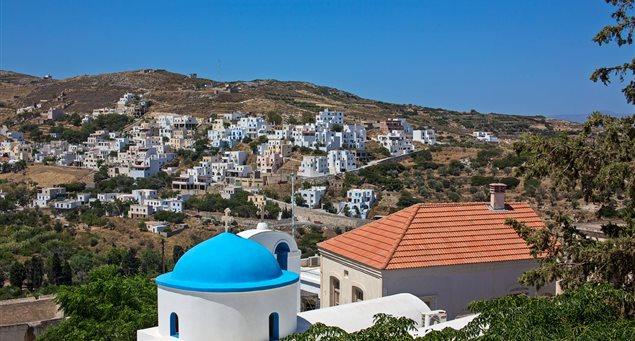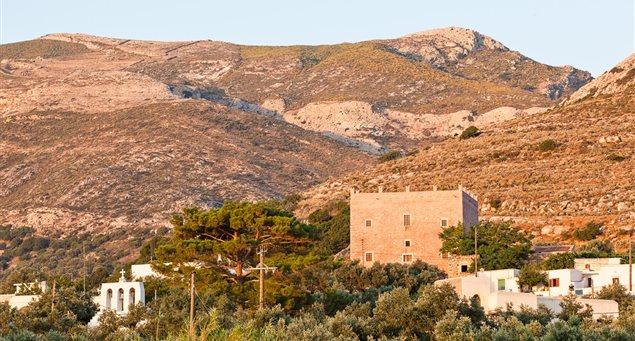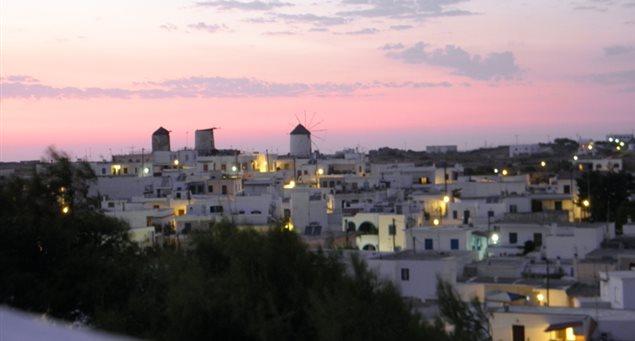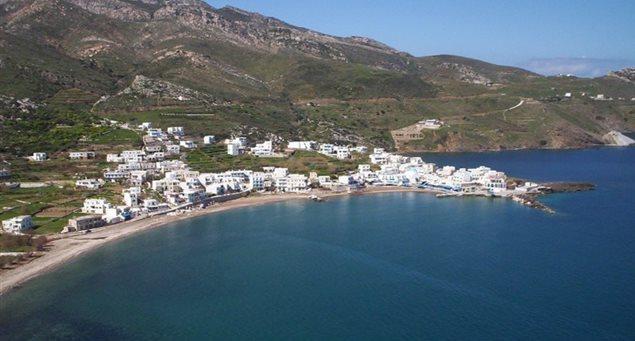
The community of the village of Melanes is considered one of Naxos’ most ancient settlements, built in amphitheatric fashion on the slope of a hill overlooking the same-name fertile valley.
According to the mythological tradition, the name of the village (which refers to the black color) is derived from the locals’ mourning the mutual killing of the two semi-god giant brothers Otos and Ephialtes, sons of Apollo, who were thus punished by the chief god, Zeus, for displaying arrogance.
According to another, more rational version, the name is due to the valley’s dark soil.
The settlement now numbers about 400 permanent residents who are mostly occupied with farming but are also reputed as skilled masons.
The church of the village is dedicated to Agii Apostoli and celebrates annually on June 29, when a big feast, lasting three days, starts, featuring live traditional music, dancing, local treats and wine.
The greater Melanes area hosts some of the island’s most important antiquities.
The entry point of the ancient Naxos aqueduct, which supplied the city with water from the area, and the ancient sanctuary of the water springs have been found at the position of Flerio.
Also, the giant, abandoned statue of Kouros, a work of the 6th century BC, has been found at the ancient marble quarry –a short distance outside the village.
Other sights worth seeing are the summer resort of the Jesuits at Kalamitsia and the olive mill at Demari.
The village of Melanes has two traditional cafes and two tavernas well-reputed for their local delicacies.
| Directions for access | Melanes is about 8km southeast of Chora on the road to Kynidaros. It can also be accessed from the provincial road to Potamia. |
| Parking | Two parking lots are available. |
| Public transport info | There are public bus connections from Chora from the morning till the early afternoon hours. |




